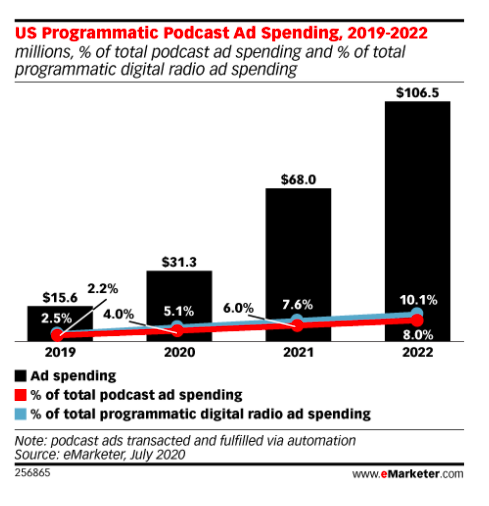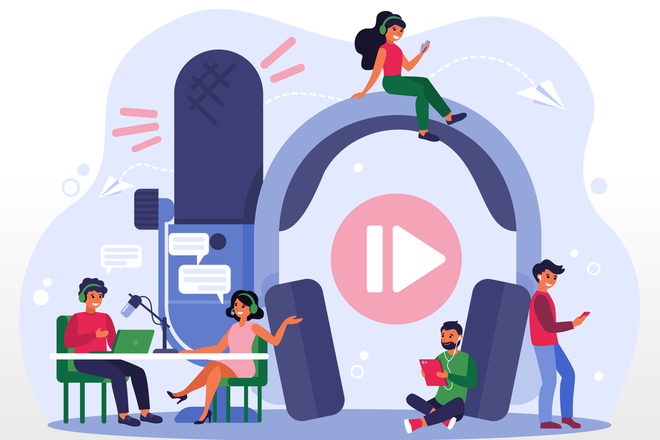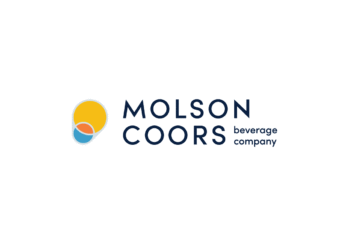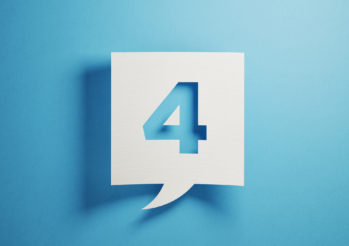There is currently a friendly debate going on within the audio community—that is, which is better, host live-read podcast ads that are baked-in to the show, or pre-produced (whether host read or voiced-over) ads that are bought programmatically and dynamically inserted into the episode? There is no debate that non-host read ads (i.e, ads that are voiced over by a third party) lag in performance.
Each opposing viewpoint on host-read ads has research, historical performance data, and marketplace momentum behind them. Each viewpoint should also understand the nuance of something that is host read vs. non-host read. So how do we reconcile this? Which is correct?
In this debate, Ad Results Media believes they are both critical components within your overall media mix. They work to augment each other’s inherent strengths and deliver even greater results when they run in tandem.
Let’s focus specifically on host-read ads. For the advocates of host live-read ads, they tout the incredible persuasive power of personality-driven media and the trust that podcast listeners have in the hosts they listen to. They also tout the authentic and organic nature of the ad delivery as the incredibly high engagement rates associated with this ad format. We know this to be absolutely true. In fact, according to the Super Listeners 2020 research study, 45% of podcast listeners say they believe that the podcast hosts that they regularly listen to actually use the products they mention during their shows.1
According to Morning Consult, “Highly sought-after across the podcast industry, host-read ads (that [are] live and baked-into the fabric of the show) are seen as a more intimate way for brands to connect with listeners through a program’s host as opposed to pre-produced ads.”2
However, team programmatic believes the ease, buying efficiency, targeting capabilities, and dynamic nature of placing an ad that is time-sensitive to a brand event outweighs the material benefits that exist when host read ads are delivered live and remain in back catalogue episodes permanently. With the industry moving largely toward both audience-based planning and buying, running programmatic podcast ads offers a more turnkey way to reach a brand’s target audience through audio.
And the proof of its media planning and buying efficiency can be seen with the ad tech arms race that is currently transpiring between the large players in the space, like iHeart, Spotify, and SiriusXM.3 Each of these giants are making strategic acquisitions to make their programmatic offering easier, more scalable, and more measurable.
EMarketer predicts that total programmatic podcast expenditures will reach $106 million by 2022, which is more than a 300% increase from 2020. This is also a 100% increase in the overall share of total podcast ad spending.4

As mentioned earlier, at Ad Results Media we don’t believe this is an either-or situation. Some of the most effective campaigns we have run for our clients utilize both buying approaches.
Programmatic podcast ads help brands win with contextual relevance and efficiency, a balance that is often hard to achieve with other media.
According to Ad Results Media’s VP of Media Gretchen Smith, “Securing actual contextual relevance through digital programmatic ads can be challenging. While some of the challenges can be addressed using dynamic creative optimization (DCO), I believe that it still falls short of the contextual alignment we can achieve through programmatic podcast ads. The organic nature of the conversations that occur on podcasts are the perfect environments to authentically insert topical ads or products.”
Advancements in programmatic podcast advertising were a huge topic for discussion during this year’s IAB Podcast Upfront with a number of partners announcing their latest innovations. Adswizz made a point to highlight during its presentation the incredible power of contextual targeting. Through their research, they were able to determine that contextual targeting increased conversion rates by an astounding 64% over demographic and behavioral targeting. Their summary: “Context and brand safety are everything.”
Additionally, Podsights announced its new contextual planning solutions. They stated that the next step in elevating a brand’s effectiveness with podcast advertising is to focus on context.
With all of the players in the programmatic podcast advertising space, both large and small, really focusing on attracting more advertisers and upleveling their offering, we are excited by the opportunities this momentum will unlock.
So the next time someone starts a conversation with you about which is better, host live-read ads that are baked-in to the show or pre-produced ads that are bought programmatically, just say both. Both buying methods deliver meaningful business results and at the end of the day that is all that matters.
2https://morningconsult.com/2021/02/22/adtech-podcast-advertising/
3https://morningconsult.com/2021/02/22/adtech-podcast-advertising/
4https://www.emarketer.com/content/programmatic-podcast-ad-spending-will-double-2020
—
Link to original AdAge article.




